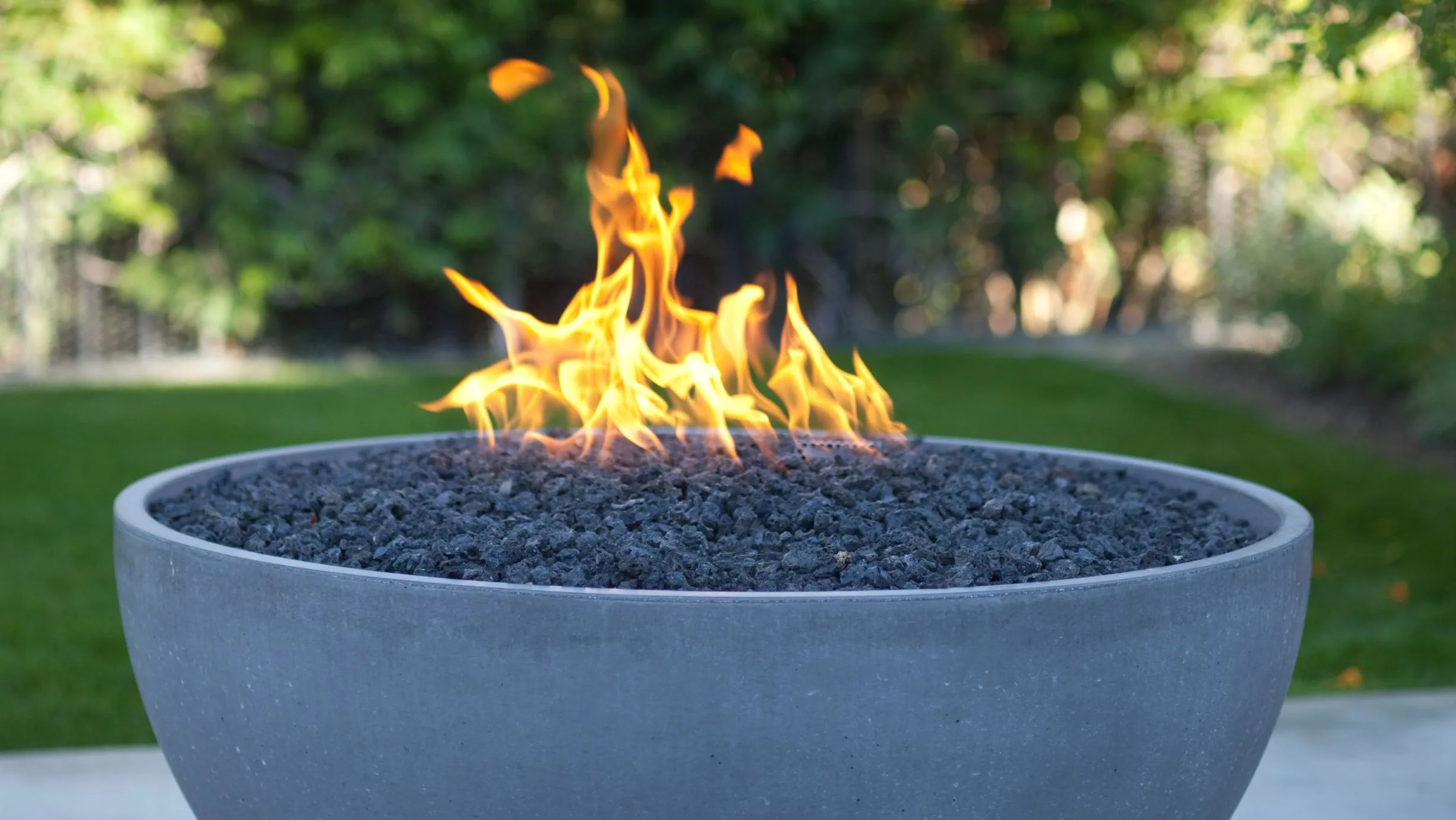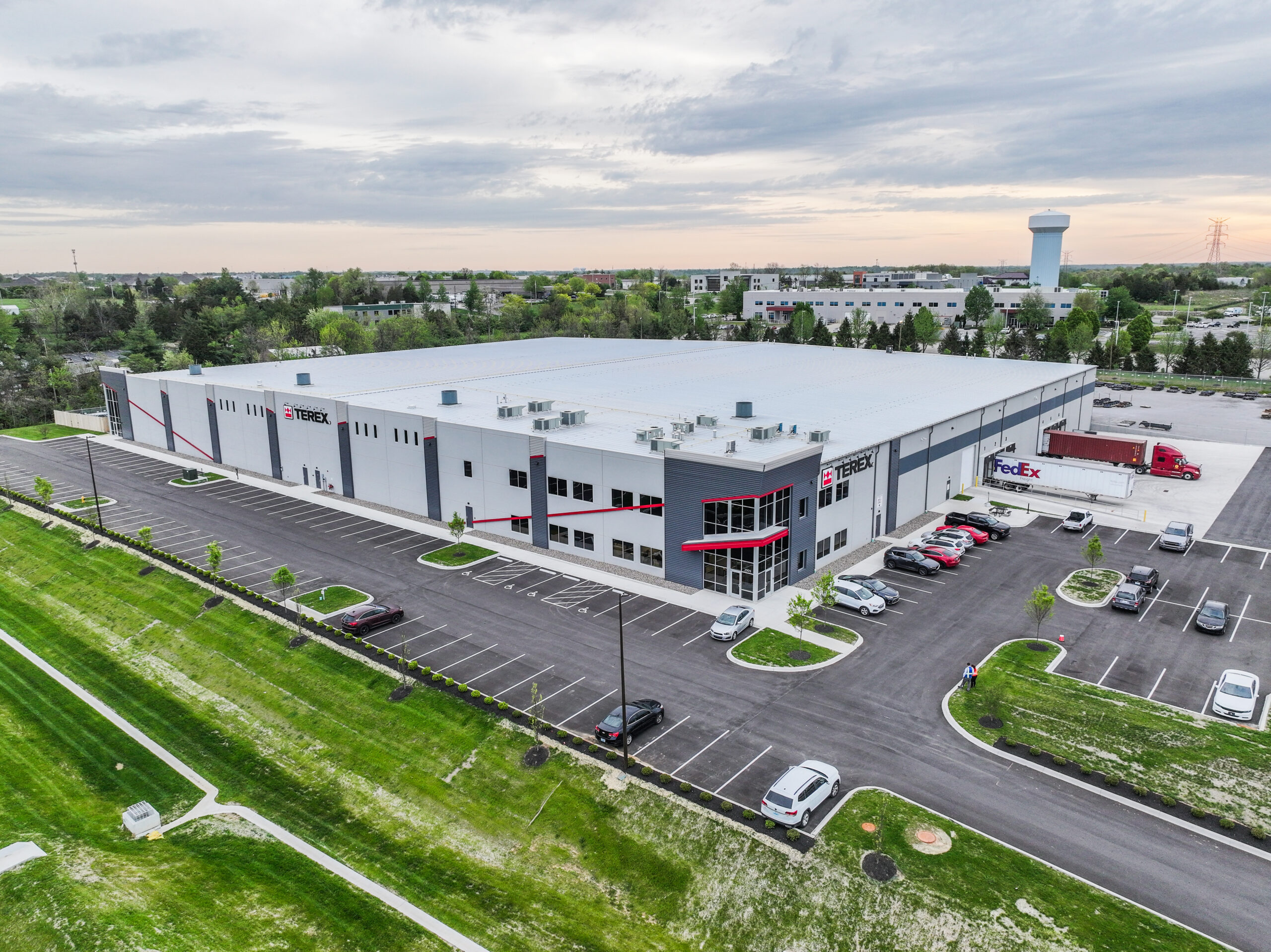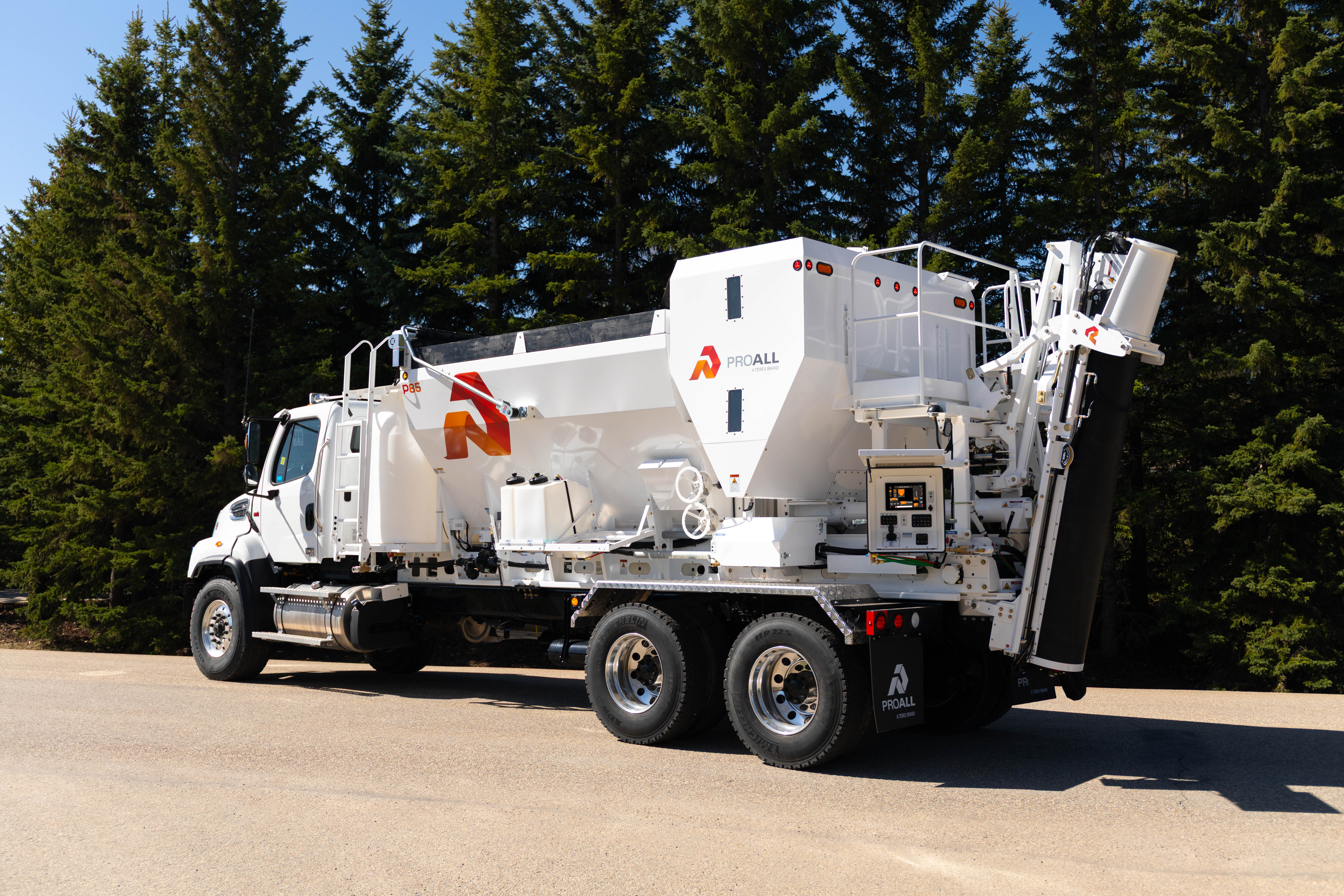
Exploring the Power of Heat-Resistant Concrete
Heat-resistant or refractory concrete is a remarkable innovation in the construction industry. With its ability to withstand high temperatures without compromising structural integrity, this specialized concrete has found its place in various industrial applications. Let’s delve into the key characteristics and composition of heat-resistant concrete and discover how it enables the construction of resilient structures in extreme heat environments.
Unyielding Thermal Stability
One of the defining features of heat-resistant concrete is its remarkable capacity to endure temperatures far beyond the limits of regular concrete. Ranging from 1,000 to 1,800 degrees Celsius (1,800 to 3,300 degrees Fahrenheit), heat-resistant concrete outperforms conventional counterparts, making it ideal for furnaces, kilns, incinerators, and fireplaces.
Insulation that Reduces Heat Loss
Heat-resistant concrete often incorporates lightweight aggregates and insulating materials, enhancing its ability to resist heat transfer. This remarkable insulation property ensures efficiency and minimizes energy wastage in high-temperature environments by reducing heat loss or transmission through the concrete structure.
Combatting Thermal Stress
To combat the adverse effects of thermal stress, heat-resistant concrete is formulated to have a low coefficient of thermal expansion. This unique characteristic minimizes the risk of cracking or spalling caused by temperature fluctuations. The resulting durability is vital in withstanding the rigors of extreme heat environments, ensuring the longevity of structures made from this type of concrete.
Shielding Against Chemical Attack
In addition, refractory concrete possesses exceptional resistance against chemical attack. It shields structures from the corrosive nature of molten metals, acids, alkalis, and other substances encountered in specific industrial processes. This chemical resistance adds an extra layer of protection, making heat-resistant concrete an invaluable material in challenging environments.
Composition and Formulation
The composition of heat-resistant concrete varies based on specific applications and temperature requirements. Typically, it comprises a combination of refractory aggregates, such as fire clay, high alumina, silica, or chrome, and binders like calcium aluminate cement or hydratable alumina. Additives are also introduced to enhance workability, strength, and resistance to thermal shock, ensuring optimal performance in extreme heat conditions.
Maintenance and Longevity
While offering excellent resistance to high temperatures, prolonged exposure to extreme heat can lead to gradual degradation. Regular maintenance and monitoring are essential to ensure the longevity and safety of structures built with heat-resistant concrete. By adhering to proper maintenance practices, the full potential of this remarkable material can be harnessed for extended periods, ensuring optimal performance and safety.
Heat-resistant concrete has revolutionized the construction industry, allowing structures to thrive in extreme heat. With its high thermal stability, insulation properties, low thermal expansion, and chemical resistance, this specialized concrete creates durable and resilient structures in industrial settings. By understanding its composition, characteristics, and the importance of maintenance, engineers and architects can harness the power of heat-resistant concrete to construct robust and reliable structures that stand the test of time in the most challenging heat-intensive environments.
Check out this article from HPD Construction to learn more about heat-resistant concrete Read Now!
Curious to learn more about our Volumetric Mixers? Chat with one of our Sales Team Members today! Let’s Chat!


